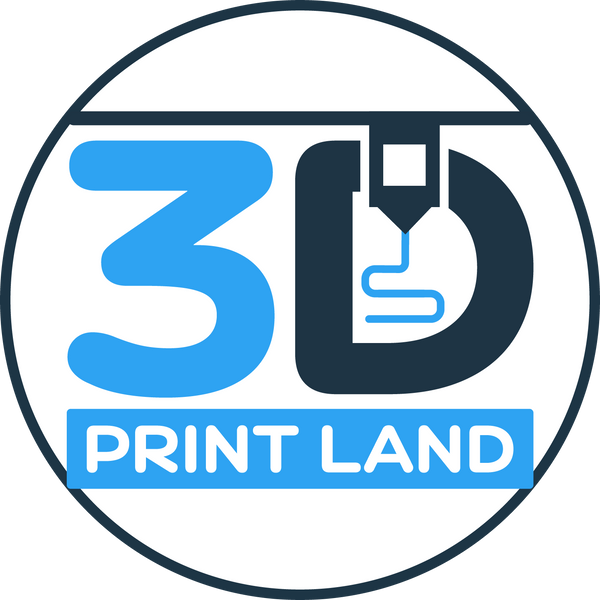
Essential Tools and Techniques for the Aspiring 3D Printing Entrepreneur
Share
Essential Tools and Techniques for the Aspiring 3D Printing Entrepreneur
The 3D printing industry is booming, presenting exciting opportunities for entrepreneurs. But success requires more than just a 3D printer; it demands a strategic approach, the right tools, and a mastery of key techniques. This article explores the essentials for aspiring 3D printing entrepreneurs to build a thriving business.
I. Choosing the Right 3D Printer(s)
Your printer selection is paramount. Consider these factors:
- Print Volume: Determine the size of objects you'll typically produce. Larger print volumes accommodate bigger projects but often come with a higher price tag.
- Material Compatibility: Will you focus on PLA, ABS, PETG, or specialized materials like nylon or resin? Choose a printer that supports your chosen materials.
- Precision and Detail: The level of precision determines the quality of your final products. Higher precision is crucial for detailed models and functional parts.
- Budget: Printers range from a few hundred to tens of thousands of dollars. Start with a cost-effective model and upgrade as your business grows.
- Maintenance and Reliability: Look for printers with a good reputation for reliability and ease of maintenance to minimize downtime.
II. Mastering 3D Modeling Software
While you might outsource some modeling, basic proficiency is crucial. Popular choices include:
- Tinkercad: User-friendly and ideal for beginners.
- Fusion 360: Powerful and versatile, suitable for complex designs.
- Blender: A free and open-source option with a steeper learning curve but immense capabilities.
Understanding these tools will allow you to create, modify, and prepare models for 3D printing, saving on outsourcing costs and providing greater control over your products.
III. Essential Post-Processing Techniques
Raw 3D prints often need refinement. Master these techniques:
- Support Removal: Carefully remove support structures without damaging the printed model.
- Cleaning and Finishing: Techniques like sanding, filing, and painting can significantly enhance the final product's appearance and feel.
- Surface Treatment: Explore methods like priming and painting for a professional finish. Consider UV curing for resin prints.
IV. Building Your Online Presence
Marketing is crucial for any business. A strong online presence is essential:
- E-commerce Platform: Set up an online store (Etsy, Shopify, or a custom website) to sell your 3D printed products.
- Social Media Marketing: Showcase your work on platforms like Instagram, Facebook, and Pinterest to reach potential customers.
- Search Engine Optimization (SEO): Optimize your website and online content for search engines to attract organic traffic.
- Content Marketing: Create blog posts, videos, and other content to demonstrate your expertise and engage your audience.
V. Understanding Legal and Business Aspects
Navigate the legal landscape:
- Intellectual Property Rights: Understand copyright and licensing issues related to the designs you create and sell.
- Business Registration: Choose the right business structure (sole proprietorship, LLC, etc.) and register your business accordingly.
- Insurance: Secure appropriate liability insurance to protect your business from potential risks.
VI. Exploring Niche Markets
Don't just compete on price; find your niche. Consider specializing in:
- Custom Design and Prototyping: Offer 3D printing services for businesses and individuals needing custom-designed parts or prototypes.
- Personalized Products: Create unique, personalized gifts and items for consumers.
- Educational and STEM Products: Design and sell educational 3D printed models and kits.
VII. Continuous Learning and Adaptation
The 3D printing industry is constantly evolving. Stay ahead of the curve by:
- Following Industry Trends: Keep abreast of new technologies, materials, and printing techniques.
- Networking with Other Professionals: Attend industry events and connect with other 3D printing entrepreneurs.
- Embracing Innovation: Continuously explore new ideas and ways to improve your business.
By mastering these tools and techniques, aspiring 3D printing entrepreneurs can significantly increase their chances of success in this exciting and rapidly growing market. Remember, dedication, creativity, and a strong business plan are just as important as the technical skills.
